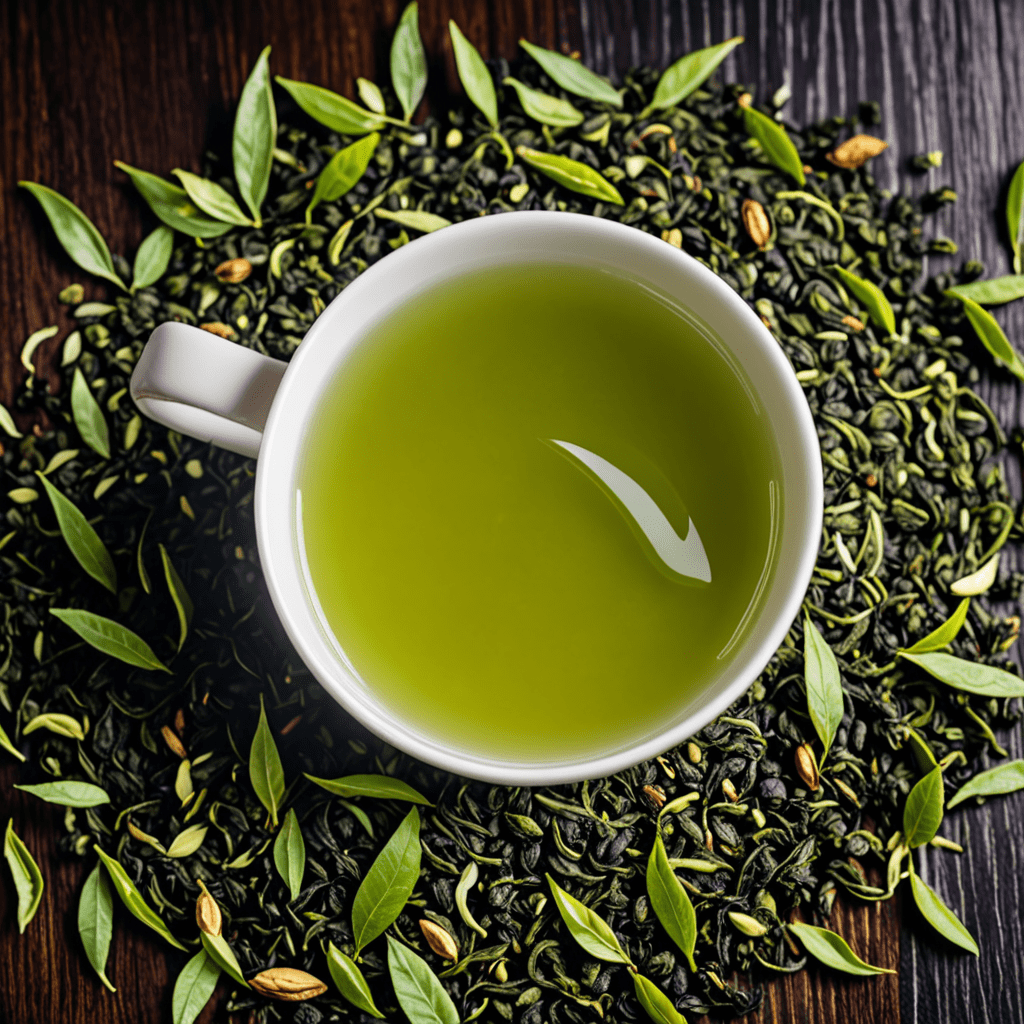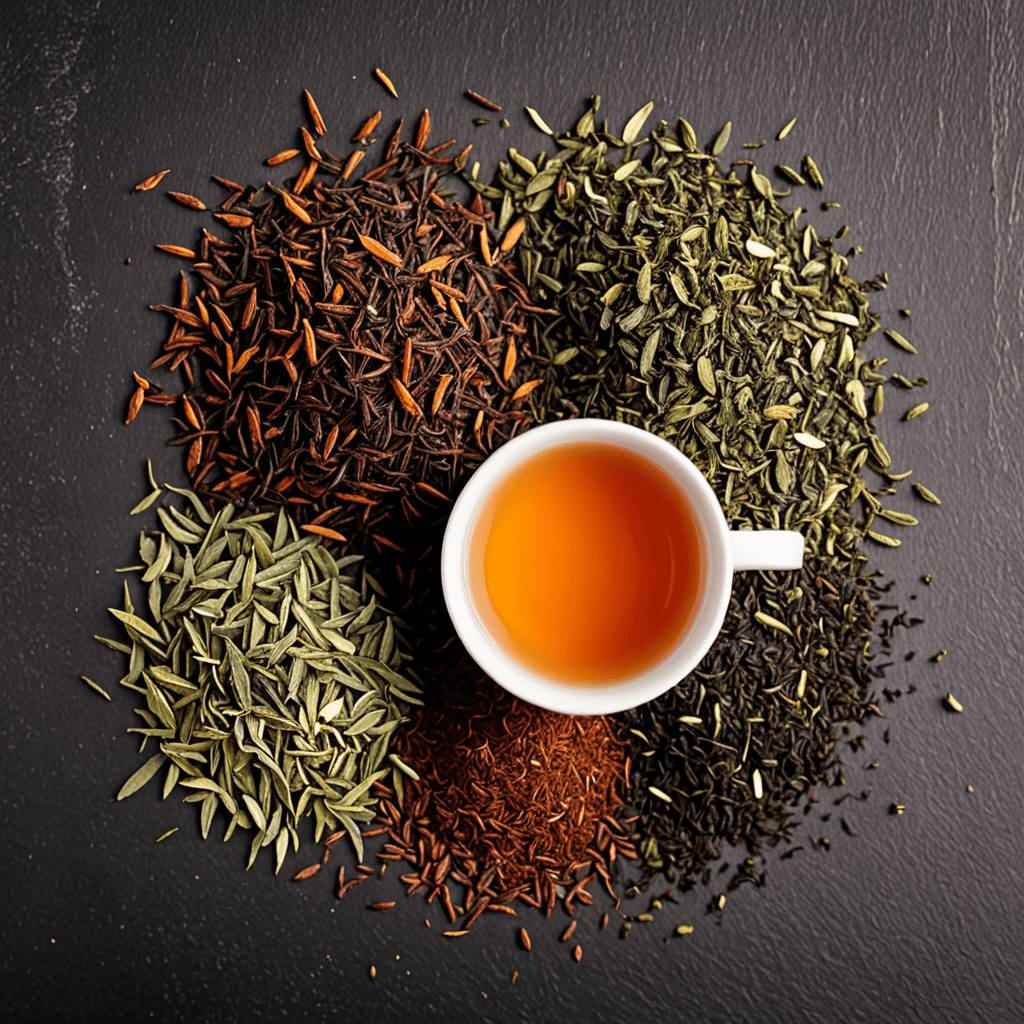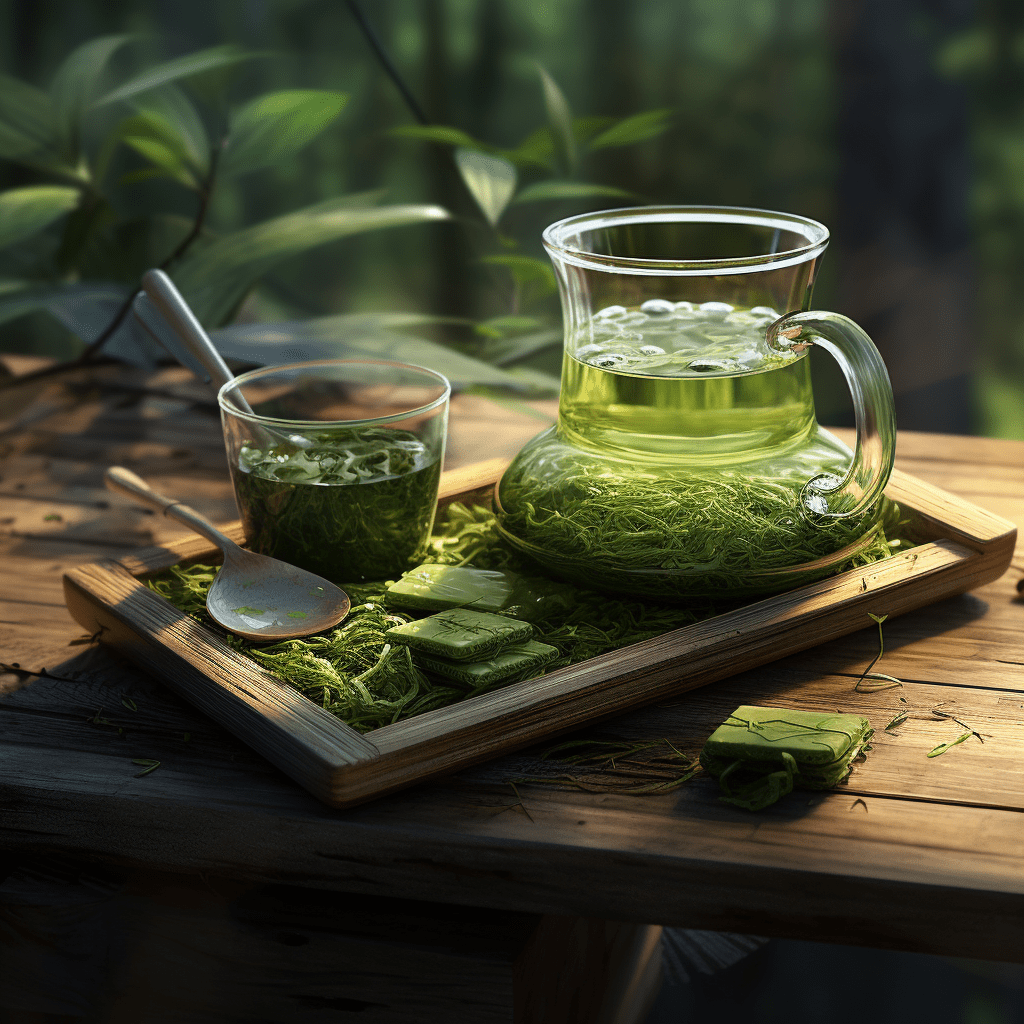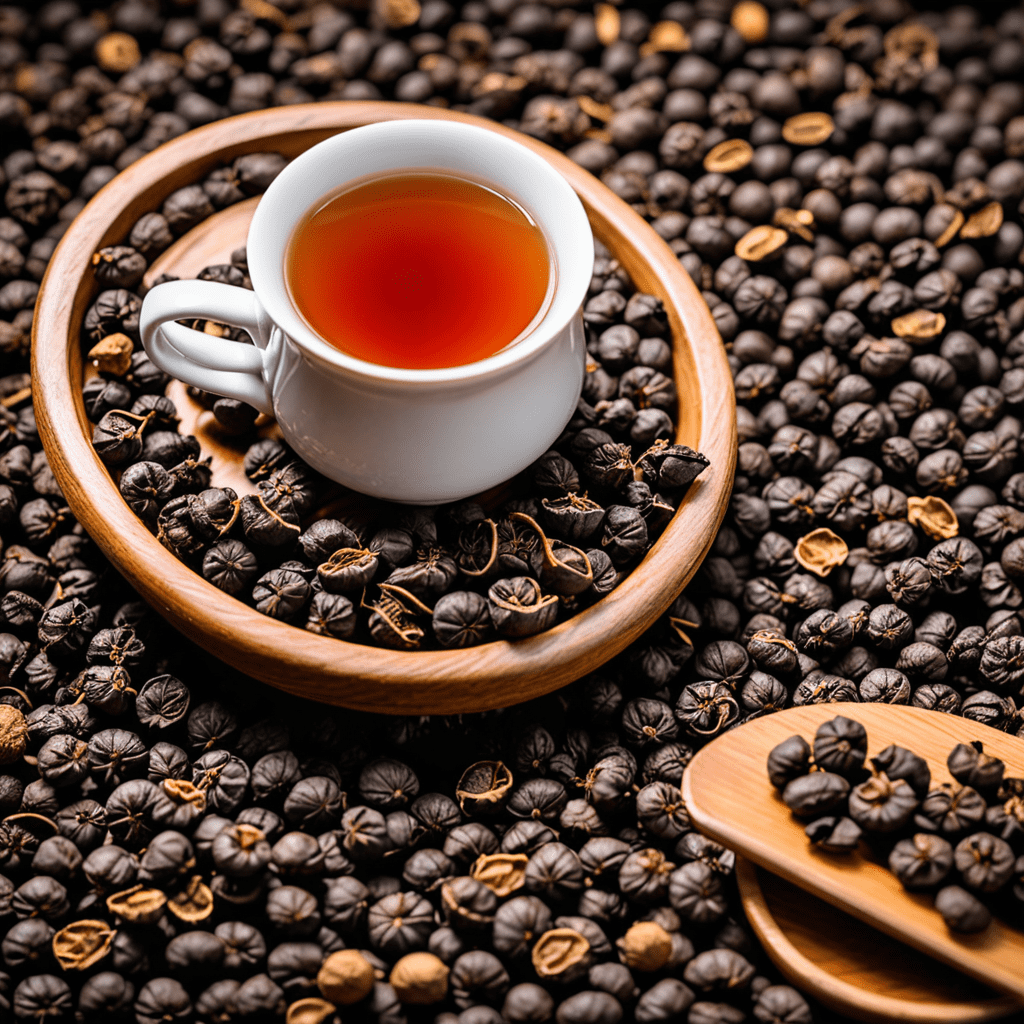
Green Tea: A Timeless Classic in Chinese Cuisine
Green tea has been an integral part of Chinese culture for centuries, and its influence extends beyond mere beverage consumption. In traditional Chinese cuisine, green tea’s delicate and refreshing qualities perfectly complement a wide array of dishes. From savory entrees to delectable desserts, the incorporation of green tea elevates the dining experience to new heights. Let’s embark on a delightful journey through the alluring harmony of green tea in authentic Chinese food.
Unveiling the Essence of Green Tea in Chinese Culinary Traditions
While green tea is commonly enjoyed as a standalone drink, its versatility shines through when integrated into the culinary landscape of China. The use of green tea in Chinese cooking showcases the intricate balance between flavors, textures, and aromas. Whether used as a key ingredient, seasoning, or accompaniment, green tea imparts a nuanced and refreshing touch to a variety of traditional Chinese dishes.
The Art of Pairing Green Tea with Chinese Delicacies
From the subtle notes of jasmine-infused green tea to the robustness of matcha, each type of green tea offers unique characteristics that can enhance the dining experience. When paired with Chinese cuisine, green tea creates a harmonious interplay of taste and sensory delight. For instance, the floral undertones of green tea beautifully complement the umami flavors of dim sum, while the earthy nuances of matcha add depth to delicate desserts such as green tea mochi and matcha sponge cake. The versatility of green tea makes it a perfect companion for a wide range of Chinese delicacies.
Green Tea: A Palate-Cleansing Elixir in Chinese Banquets
In Chinese culinary traditions, the consumption of green tea serves a dual purpose—refreshing the palate and aiding digestion. This is particularly evident in the context of elaborate banquets, where multiple rich and flavorful dishes are served. Green tea, with its cleansing and soothing properties, helps to reset the palate between courses, ensuring that each flavor is savored with renewed clarity and appreciation. Moreover, the gentle bitterness of green tea acts as a counterbalance to the richness of certain dishes, creating a more balanced and enjoyable dining experience.
Embracing Green Tea as a Symbol of Hospitality
In Chinese culture, offering a steaming cup of green tea to guests is a gesture of warm hospitality and respect. This ritual reflects the profound connection between green tea and social interactions in China. Whether enjoyed during a casual gathering or as part of a formal dining occasion, the act of serving green tea embodies the spirit of graciousness and camaraderie, adding a layer of conviviality to the dining experience.
FAQ: Exploring Common Questions About Green Tea in Chinese Cuisine
Q: Does all Chinese food pair well with green tea?
A: While green tea complements many Chinese dishes, the ideal pairing depends on the specific flavors and aromas of the dish. For example, delicate and aromatic green teas may enhance the experience of lighter, seafood-based dishes, while heartier teas like matcha can complement richer, more robust flavors in Chinese cuisine.
Q: Are there specific rituals associated with serving green tea in Chinese dining etiquette?
A: Yes, in traditional Chinese dining etiquette, there are specific rituals and customs related to serving and drinking green tea. For instance, the host typically pours tea for the guests, and there are etiquette guidelines regarding the handling of teacups and the gesture of showing gratitude after receiving tea.
Q: What are some popular green tea varieties used in Chinese cuisine?
A: Some popular green tea varieties used in Chinese cuisine include Longjing (Dragon Well), Bi Luo Chun (Green Snail Spring), and Tieguanyin (Iron Goddess of Mercy). Each variety offers distinct flavor profiles that can be paired with different types of Chinese dishes.
Q: Can green tea be used for cooking Chinese dishes, apart from being served as a beverage?
A: Absolutely! Green tea can be used in various cooking applications, such as infusing it into broths, marinating meats, or incorporating it into desserts and sauces. Its subtle yet distinctive flavor can add a delightful dimension to the overall taste of the dish.
With its rich cultural significance and culinary versatility, green tea continues to weave a captivating narrative within the tapestry of traditional Chinese cuisine. From its role as a palate-cleansing elixir to a symbol of hospitality, green tea embodies the essence of harmony and refinement in Chinese dining experiences.


